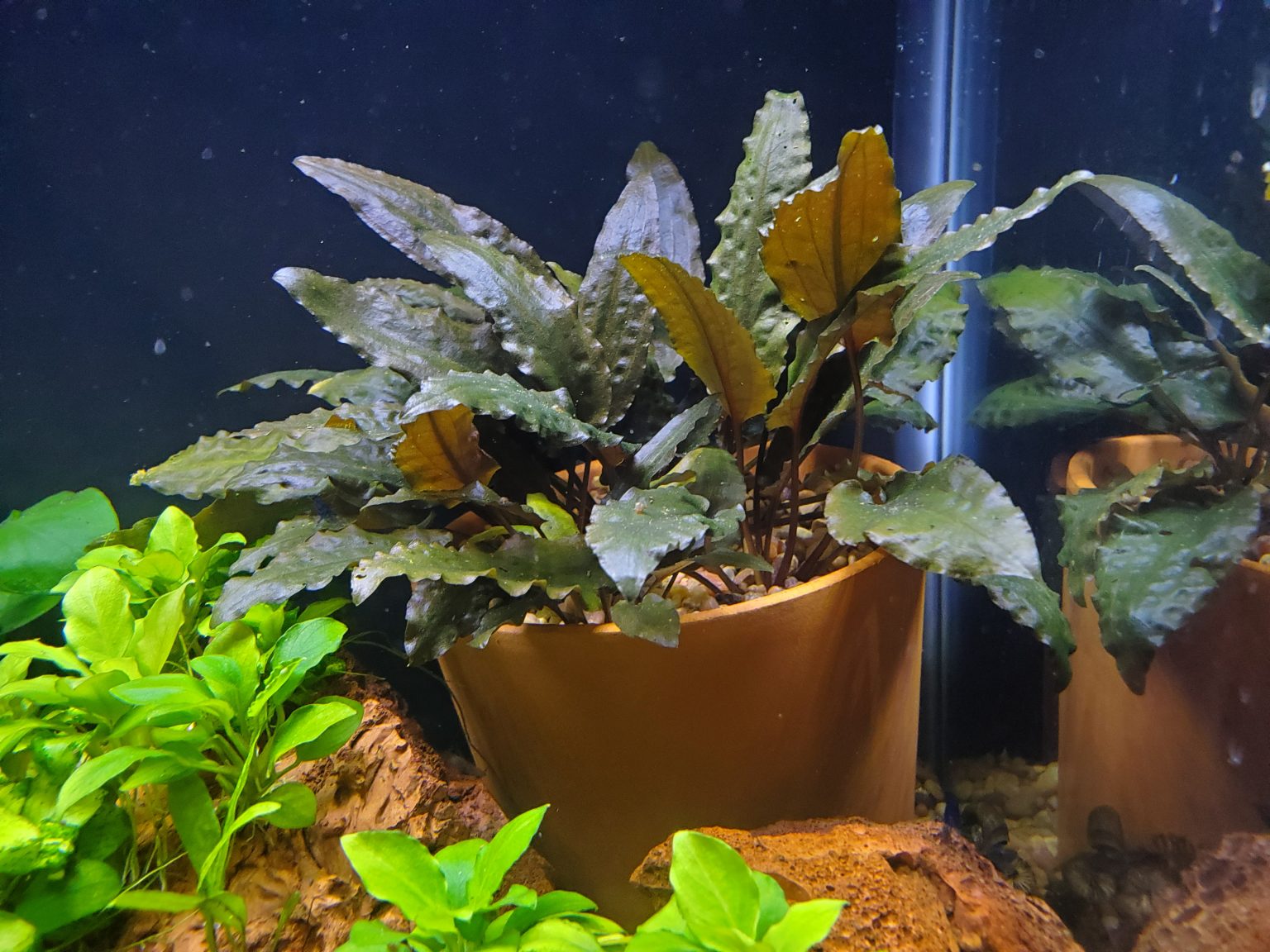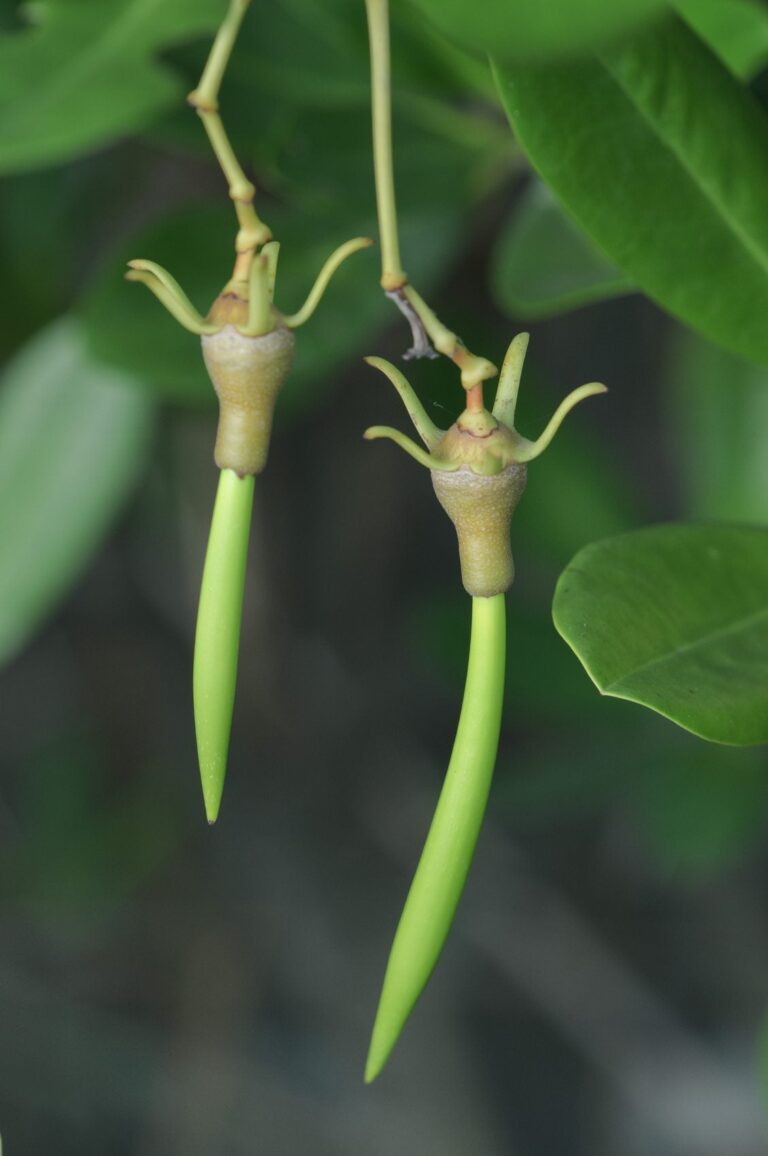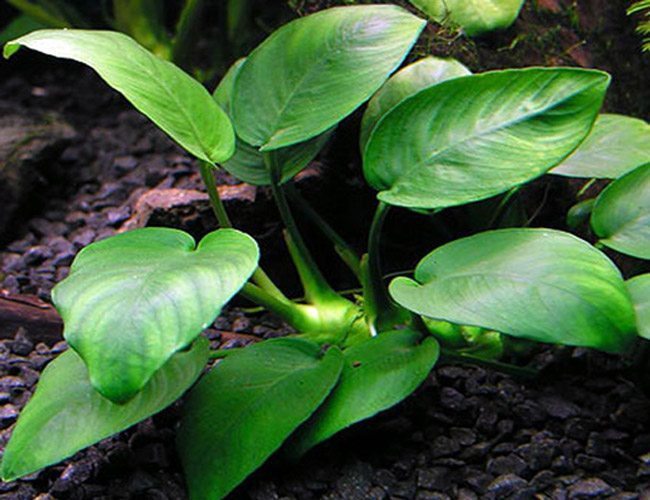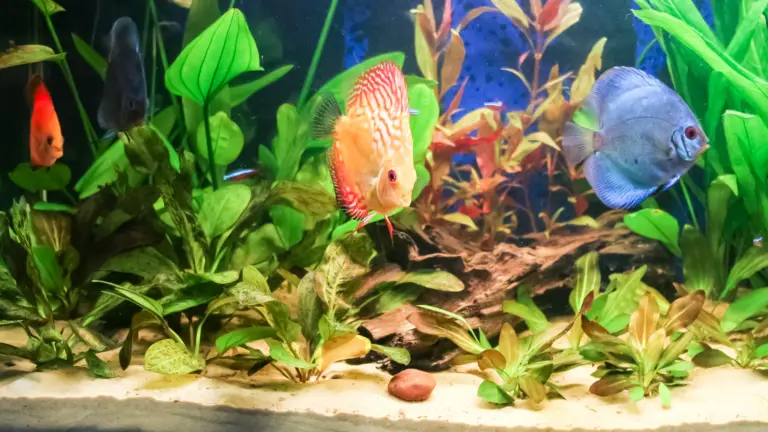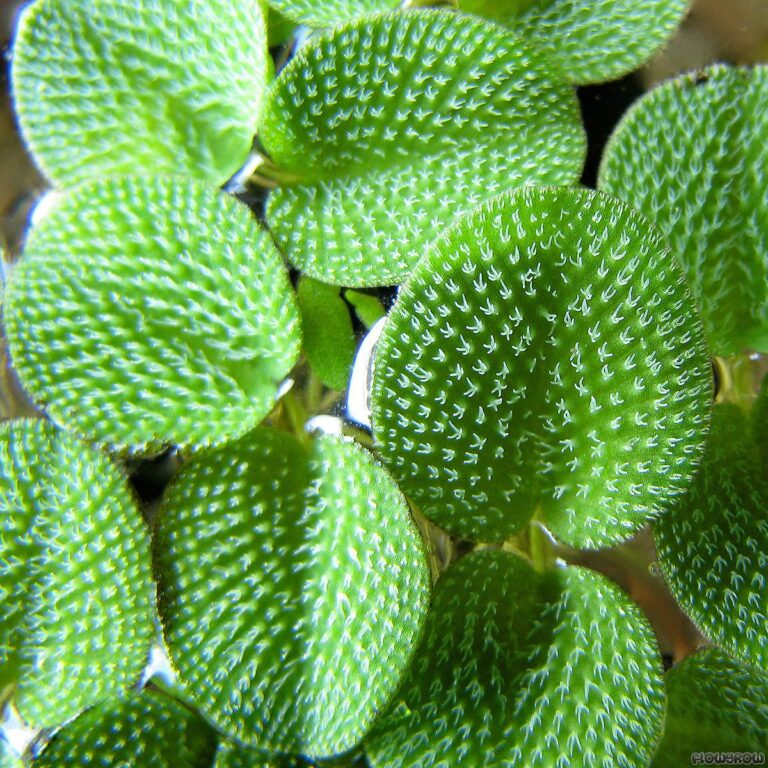Aquarium Potted Plants
Aquarium Potted Plants: Adding Natural Beauty to Your Underwater World
Aquariums are fascinating and captivating, creating a serene and peaceful environment in any space. To enhance the aesthetics of your aquarium and provide a healthier habitat for your fish, consider incorporating aquarium potted plants. These living additions not only add visual appeal, but they also play a vital role in maintaining the ecosystem of your underwater world. In this article, we will explore the benefits of aquarium potted plants, the different types available, and how to care for them.
The Benefits of Aquarium Potted Plants
Improve Water Quality: Aquarium potted plants are essential for maintaining a healthy aquatic environment. They absorb nitrates and carbon dioxide, reducing the accumulation of harmful chemicals in the water. Through photosynthesis, plants release oxygen, ensuring a constant supply for the fish.
Provide Hiding Places and Shelter: Fish, especially those of shy or territorial nature, greatly benefit from the presence of aquarium potted plants. The plants provide hiding places and shelter, reducing stress and promoting natural behavior.
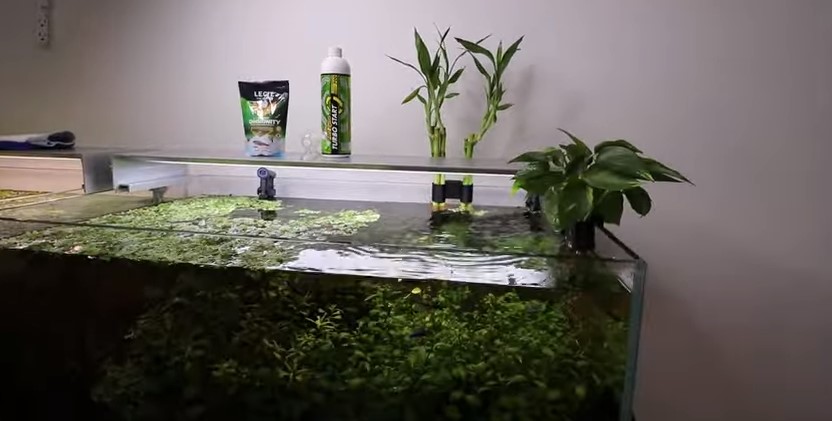
Algae Control: Algae growth is a common problem in aquariums. However, the introduction of potted plants can help control algae by competing for nutrients and blocking out excessive light.
Enhance Aesthetics: Aquarium potted plants create a visually appealing landscape, adding depth, texture, and color to your tank. They can transform your aquarium into a vibrant underwater garden, replicating a natural habitat.
Oxygenate the Water: As mentioned before, potted plants release oxygen through photosynthesis. This process oxygenates the water, ensuring the well-being of your aquatic fauna and flora.
Types of Aquarium Potted Plants
There are various types of aquarium potted plants available, each with its own characteristics and care requirements. Here are some popular choices to consider:
1. Anubias: Anubias is a hardy and versatile plant that thrives in a variety of conditions. It has dark green leaves with a leathery texture. Anubias should be attached to driftwood or rocks, as it will not survive being planted in substrate.
2. Java Fern: Java Fern is another popular plant that can grow in a range of water conditions. It has long, textured leaves that provide excellent shelter for fish. Java Fern can be tied to driftwood or rocks or planted directly in the substrate.
3. Amazon Sword: The Amazon Sword is known for its vibrant green leaves and large size. It requires a nutrient-rich substrate and good lighting to thrive. Amazon Sword adds a captivating focal point to any aquarium.
4. Cryptocoryne: Cryptocoryne plants come in various species, each with its own unique leaf shape and coloration. They are low-maintenance plants and can tolerate a wide range of water conditions. Cryptocoryne is often used for midground or background placement in aquariums.
5. Dwarf Sagittaria: Dwarf Sagittaria is a small, carpeting plant that is ideal for foreground placement. It has grass-like leaves that provide a beautiful contrast to other plants in the aquarium.
Caring for Aquarium Potted Plants
Proper care is essential to ensure the health and longevity of your aquarium potted plants. Here are some important care tips to keep in mind:
1. Lighting: Most aquarium potted plants require moderate to high lighting. Invest in a quality aquarium light that provides the appropriate spectrum and intensity for optimal plant growth. LED lights are a popular choice as they are energy-efficient and long-lasting.
2. Substrate: Choose a suitable substrate for your potted plants. Some plants may require a nutrient-rich substrate, while others can thrive in inert gravel or sand. Research the specific needs of your chosen plants and provide the appropriate substrate accordingly.
3. Fertilization: Supply your plants with essential nutrients through liquid fertilizers or root tabs. These supplements replenish the nutrients that may be lacking in the aquarium water, promoting healthy growth.
4. CO2 Injection: In heavily planted aquariums, the addition of CO2 can significantly enhance plant growth. CO2 injection systems provide a steady supply of carbon dioxide, boosting photosynthesis and ensuring thriving plants.
5. Pruning and Maintenance: Regular pruning is necessary to prevent overgrowth and maintain the desired shape of your plants. Remove any dead or decaying leaves to prevent them from affecting water quality. Additionally, remove any algae that may accumulate on the plant leaves.
Frequently Asked Questions
Q: Can I keep aquarium potted plants in a freshwater or saltwater aquarium?
A: Most aquarium potted plants are suitable for freshwater aquariums. However, there are specific plants that can adapt to brackish or saltwater conditions. It is important to research and select plants that are compatible with your aquarium type.
Q: How many aquarium potted plants should I have in my tank?
A: The number of plants you should have depends on the size of your aquarium and the desired aesthetic. As a general rule, aim to have enough plants to cover around 30-50% of the tank’s surface area. This will provide sufficient oxygenation and enhance the overall visual appeal.
Q: Can aquarium potted plants survive without a filter?
A: While a filter is not necessary for the survival of aquarium potted plants, it is highly recommended. A filter helps maintain water circulation, removing debris and ensuring proper oxygenation. It also aids in controlling algae growth and maintaining water quality.
Final Thoughts
By adding aquarium potted plants to your underwater world, you create a balanced and captivating environment for your fish. These plants not only enhance the aesthetics of your aquarium but also offer numerous benefits such as improved water quality, algae control, and natural hiding places for fish. Remember to choose the right plants for your specific aquarium conditions and provide them with proper care to ensure thriving growth. Start building your own underwater oasis today!
